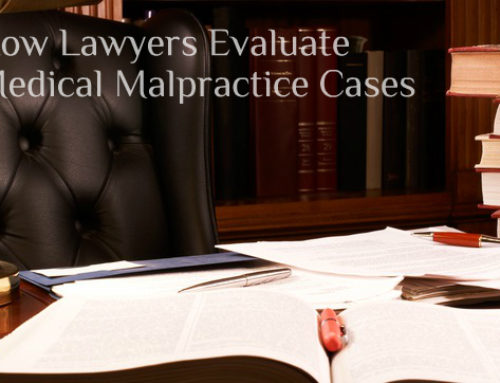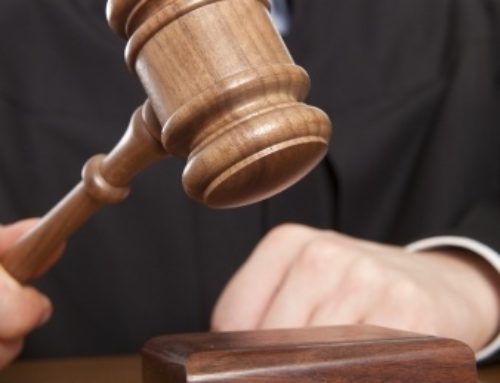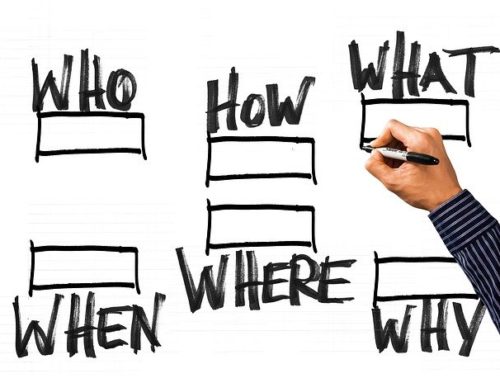If you are involved in a personal injury claim, it is important to understand the legal process involved. Personal injury claims are often complex, and it typically takes a significant amount of time for them to be resolved. It is also important to understand that every state has its own set of laws regarding personal injury litigation, however the steps below are common in most states, including Maryland and West Virginia.
Step 1 – Meeting with the attorney – The first step in a personal injury lawsuit is meeting with an attorney. As the injured party (or plaintiff), you will meet with an attorney to discuss your case, and to determine if it is solid enough to make it through court. This step involves disclosing all the facts relating to the injury so that the attorney can identify which laws are relevant to the case.
Step 2 – Court Filing – If you decide to pursue a personal injury lawsuit, your next step is to legally file the proper documentation with the appropriate court. The documents involved, include: complaints, answers, and motions. At this point, the offender will be served with a “Notice.” This will inform them of the impending lawsuit against them.
Step 3 – Discovery and Fact Finding – This step involves transferring documentation between the opposing parties. Each side will establish their version of the story, forming facts based on the information available to them. The only documentation that is not available to the other party is called “privileged” information. The opposing party is not allowed access to this information.
Step 4 – Resolution before Trial, Motions – This step involves pre-trail motions, where parties can set rules that must be followed during litigation. These rules are served before formal litigation begins, and sometimes these rules have a very strong influence, oftentimes ending the claim before it even has a chance to go to trial.
Step 5 – Negotiation and Settlements – Oftentimes, settlements are reached before a claim goes to trial. The defendant may offer a settlement amount to the plaintiff to avoid trial, and in most cases the plaintiff accepts the settlement offer. Typically, by reaching a settlement at this stage, it saves both parties time and resources that can become very burdensome once formal trial begins.
Step 6 – Trial – If a settlement or negotiation is not reached, a formal trial will be held. All physical evidence is presented, oral testimonies are given, and opposing arguments are served. Each side has equal time to support and discredit appropriately.
Step 7 – Post-trial collections – Once the arguments from both sides conclude, the jury will meet to discuss the case. After this, the judge will announce the final ruling. Depending on the case, monetary awards may be paid to the plaintiff by the defendant.
Step 8 – Appeal – If a legal dispute happens during litigation, an appeal may be filed by either party.
These steps make up the basic timeline of most personal injury cases, although some cases may be more complex. Understanding these stages is important is helping your attorney assist you in forming a successful personal injury case. The attorneys at Ingerman & Horwitz are experienced with personal injury claims and are here to answer any questions you may have. If you have more questions, contact us. We’re here to help.












